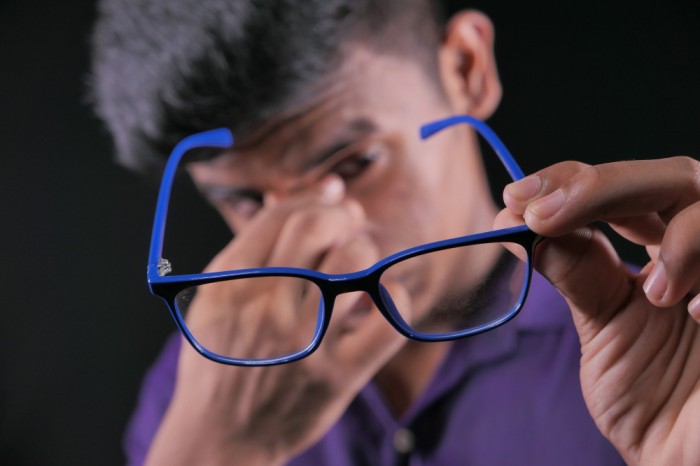
Good vision is crucial for a child’s overall development, yet many eye problems go unnoticed in the early years. Early detection and treatment can prevent long-term vision issues and ensure healthy eyesight. Here’s a look at some common eye problems in children and when to seek professional help.
Common Eye Problems in Children
1. Refractive Errors (Nearsightedness, Farsightedness, and Astigmatism)
Refractive errors occur when light entering the eye does not focus properly on the retina. Nearsightedness (myopia) makes distant objects appear blurry, while farsightedness (hyperopia) causes close-up objects to look unclear. Astigmatism results in distorted or blurred vision at any distance. Signs include squinting, frequent headaches, and difficulty reading.
2. Lazy Eye (Amblyopia)
Amblyopia, or lazy eye, happens when one eye doesn’t develop proper vision due to a lack of use. It can occur due to strabismus (misaligned eyes) or a significant difference in prescription between both eyes. Without treatment, this condition can lead to permanent vision impairment.
3. Crossed Eyes (Strabismus)
Strabismus is when the eyes are misaligned and do not work together. One eye may turn inward, outward, upward, or downward. If untreated, it can lead to double vision and amblyopia. Early intervention with glasses, vision therapy, or surgery can correct the issue.
4. Eye Allergies
Children are prone to eye allergies caused by dust, pollen, pet dander, or irritants. Symptoms include redness, itching, watery eyes, and puffiness. While over-the-counter allergy drops may help, persistent symptoms should be evaluated by an eye doctor.
5. Conjunctivitis (Pink Eye)
Pink eye is a common infection in children, caused by bacteria, viruses, or allergens. It leads to redness, swelling, discharge, and itchiness. Bacterial conjunctivitis requires antibiotic drops, while viral cases resolve on their own. Hygiene and avoiding eye rubbing can help prevent its spread.
6. Blocked Tear Ducts
Some babies are born with blocked tear ducts, leading to excessive tearing, eye discharge, and redness. In most cases, it resolves on its own, but persistent blockages may require medical intervention.
7. Eye Injuries
Children are active, making them more susceptible to eye injuries from falls, sports, or foreign objects. Any eye trauma, pain, or sudden vision changes should be evaluated immediately by an eye specialist.
When to See an Eye Doctor
It’s essential to schedule routine eye check-ups for children, but you should seek immediate care if you notice:
- Frequent eye rubbing or squinting
- Trouble focusing or holding objects close to the face
- Misaligned or crossed eyes
- Excessive tearing, redness, or swelling
- Complaints of headaches or eye strain
- Sensitivity to light or difficulty seeing in dim light
Prioritize Your Child’s Eye Health
Early detection of eye problems can prevent long-term vision loss and ensure optimal development. If you notice any concerns, schedule an appointment with Guru Aadithya Hospital, where expert pediatric eye care ensures your child’s vision stays bright and healthy.
